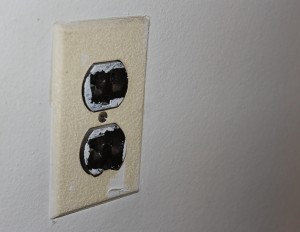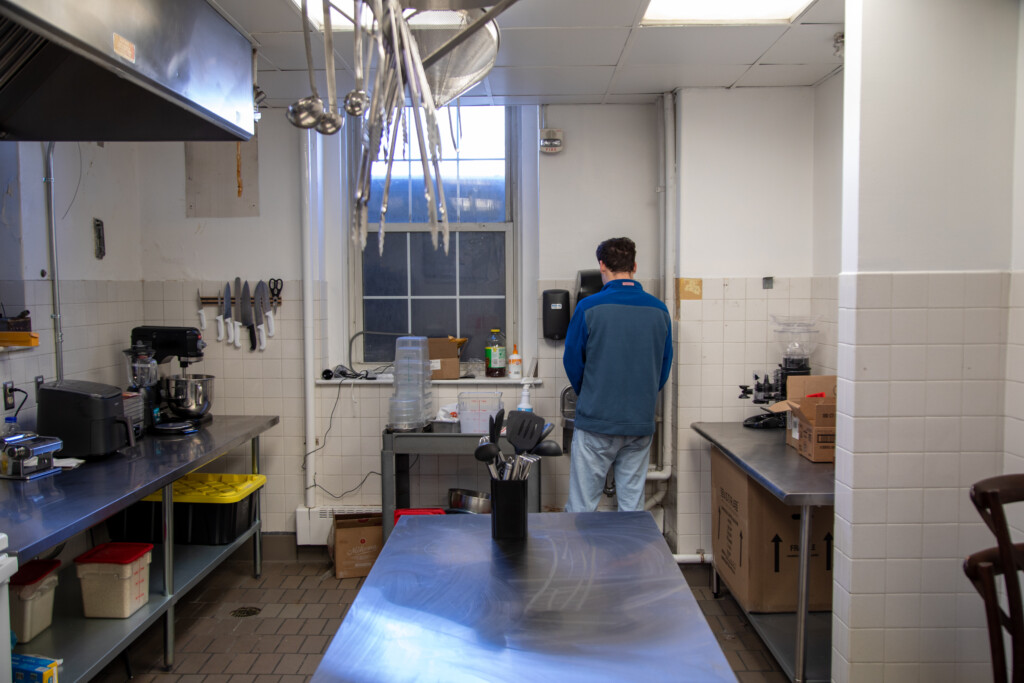
Junne Park, Photo Editor
Campus libraries have increasingly evolved from areas for studying only with books to spaces in which this more traditional form of work is paired with working on computers to complete school assignments. As such, electrical outlets for charging laptops are often essential and factor into decisions concerning which library students choose to study in.
Commendably, 225 new outlets have been installed in Rush Rhees Library — under the tabletops in the Periodical Reading Room, on the third floor of the new stacks, in the Great Hall and by the circulation desk. This development will certainly help students finish schoolwork and encourages the use of the library’s ample study spaces. With these new outlets, students will be able to choose a place to study based more on personal preferences rather than on whether or not there is an outlet in the vicinity.
Despite this positive development, there is still room for improvement, specifically in terms of adding outlets in Rush Rhees and in other campus study spaces. For example, while they are located in an 82-year-old building that may be susceptible to electrical fires, Rush Rhees’ old stacks inconveniently lack outlets. Consequently, students are deterred from adequately using this space — an otherwise desirable location given its seclusion and quiet environment. The practicality of retrofitting the building with outlets should be investigated.
In a similar vein, other locations on campus, such as Carlson Library, could benefit from the installation of additional outlets. The first floor study area is a popular destination for students, but both the nook around the stairwell and periodical reading area lack access to electricity. Since laptops are such an essential tool for studying, the lack of outlets in this area stands out as an issue that should be addressed.
The installation of these 225 new outlets in Rush Rhees was a laudable move that will make studying in these spaces far more convenient, but more work is needed to fully equip popular study spaces on campus — in particular the old stacks in Rush Rhees and Carlson Library — with the technology needed to match the realities of how students study in today’s digital world.

